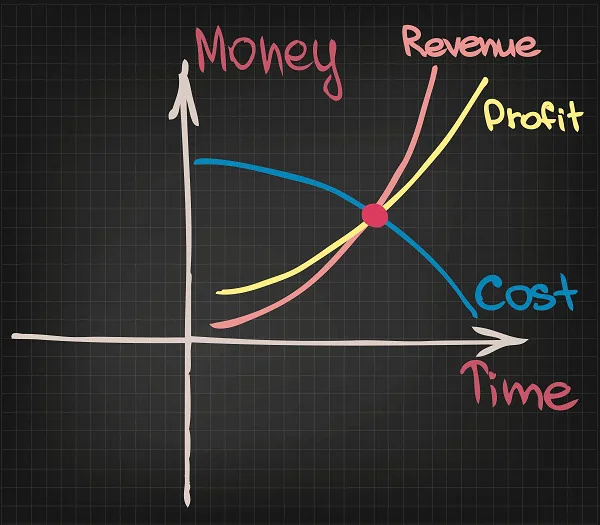

Are you having trouble making business decisions about labor optimization, facility management, promotion effectiveness, and customer service? Implementing retail people counters can help you run your business more effectively. Here’s how.
1. Labor Optimization
Retail people counters allow stores to optimize the number of employees by allowing you to track how many shoppers enter the store during specific days or times. By analyzing these traffic trends, you’ll be able to more accurately schedule employees.
With people counting systems, slower days and times can be determined, and staff can be reduced accordingly, lowering costs.
During peak hours, you can increase staff to offer customers a better shopping experience. An appropriate shopper-to-associate ratio ensures that customers can find assistance and provides staff opportunities to upsell other items.
Retail people counters allow you to see the conversion rate for sales, enabling managers to evaluate staff members’ ability to convert visitors into sales and staff peak hours with skilled associates.
2. Facility Management
Retail people counters can also help you manage everything from your facility’s location to loss prevention to security needs. Issues in these areas can be extremely costly for businesses.
Location
Looking for a new location can be a very difficult decision. Retail people counters can ease the process by providing information on the area’s foot traffic.
Realtors and landlords can sometimes offer people counting data. If they withhold it, they could be hiding information like undesirable foot traffic. This knowledge will help you move on to a new location.
Loss Prevention
Both shoplifting and organized retail crime are some of the biggest concerns for retailers. This often occurs during peak hours when key areas like the fitting room are left unattended, making it easy for shoplifters to leave with products.
Retail people counters allow managers to staff key areas during peak hours. This can help discourage theft and improve your bottom line.
Security
Similarly, retail people counters can offer facilities a way to monitor foot-traffic versus security. Knowing the most trafficked areas can help you strategically place security guards.
3. Promotion Success Assessment
Retail people counters can also insure that your investment in promotions and displays is effective and has a high return on investment (ROI).
First, retail people counters can measure trends over time. This can then be analyzed to optimize your promotion techniques. Comparing the conversion rates for two different promotions or displays can pinpoint which one is more effective.
Once this is determined, similar solutions can be implemented. Understanding visitor patterns can help retailers target their customers with displays and promotions.
The results of the new promotions and displays can be measured and any corrections or improvements can be made. These insights will help your marketing and improve conversion rates.
4. Customer Service
One of the biggest advantages of brick-and-mortar stores is their ability to offer exceptional customer service. Retail people counters provide information about customers who have entered the store. That information can be compared to point-of-sales numbers to determine how many visitors didn’t make a purchase.
High foot traffic but low sales can indicate an issue with customer service. Analyzing the ratio of employees to customers can demonstrate staffing issues. Determining peak hours with retail people counters can enable you to staff your store appropriately.
When employees engage with customers, helping them find items and upselling, they can increase brand loyalty.
Retail people counters provide data on many business aspects. By improving areas like labor optimization, facility management, promotion success assessment, and customer service, companies can see a high return on investment for implementing people counting systems.